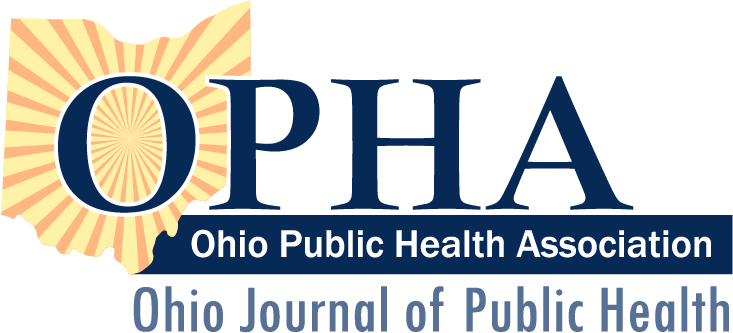Factors Impacting COVID-19 Vaccine Hesitancy and Resistance Among College Students in Northwest Ohio
Abstract
Background: Vaccination is a critical strategy for controlling the transmission of COVID-19 and for returning to normalcy on college campuses; however, vaccine hesitancy and resistance persist as a significant barrier. This study utilized the integrated behavior model (IBM) and the precaution adoption process model (PAPM) to identify factors predictive of COVID-19 vaccine willingness (receptive, hesitant, and resistant) among college students.
Methods: A sample of 1248 students at 2 universities in northwest Ohio were surveyed online in 2021. Stata/SE, version 17 (StataCorp) software was used to conduct stepwise logistic regression to investigate the association of theoretical constructs with vaccine willingness, after controlling for COVID-19 related factors and sociodemographic factors.
Results: Most students (82.5%) were vaccine receptive, 6.9% were vaccine hesitant, and 10.6% were vaccine resistant. Vaccine hesitancy was higher among students aged 18 to 22 years (9.3%), undergraduates (16.5%), and students who identified as Black (13%) or Middle Eastern (14.3%). Lower vaccine hesitance was significantly predicted by IBM constructs of positive attitudes, high self-efficacy, and high salience. Not getting an influenza vaccine in the past 3 years and viewing vaccination as a personal choice were significantly associated with higher vaccine hesitancy. Lower odds of vaccine resistance were predicted by higher subjective norms. Descriptive norms, not getting an influenza vaccine in the past 3 years, agreeing with conspiracies, and viewing vaccination as a personal choice were strongly predictive of higher vaccine resistance.
Conclusion: Identifying the factors that predict vaccine hesitancy and resistance among college students is critical for college administrators, and for those who are designing health communication campaigns, to increase vaccination among this priority population.
Keywords: COVID-19 vaccine, Vaccine hesitancy, Integrated behavior model, College students
How to Cite:
Polavarapu, M., Singh, S., Welch, P., Maziarz, L., Martinez, B., Okoduwa, E. & Jordan, T., (2023) “Factors Impacting COVID-19 Vaccine Hesitancy and Resistance Among College Students in Northwest Ohio”, Ohio Journal of Public Health 5(2), 1-14. doi: https://doi.org/10.18061/ojph.v5i2.9224
Rights: Mounika Polavarapu, Shipra Singh, Philip J. Welch, Lauren Maziarz, Beanna A. Martinez, Edoseawe Okoduwa, Timothy R. Jordan
Downloads
Download PDF
View
PDF
